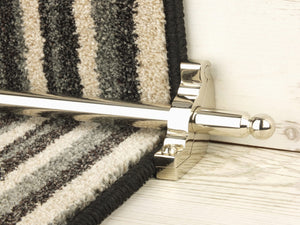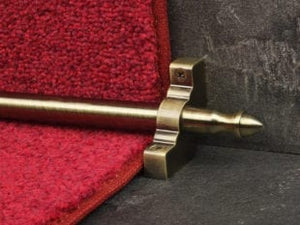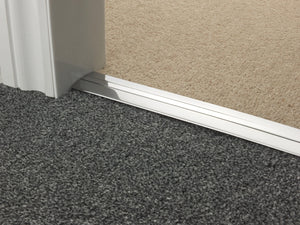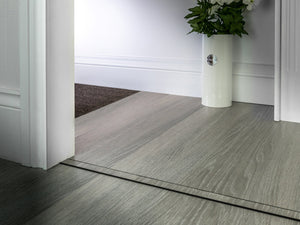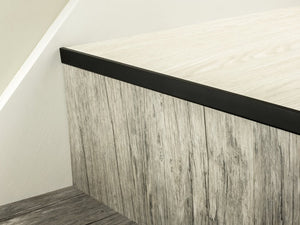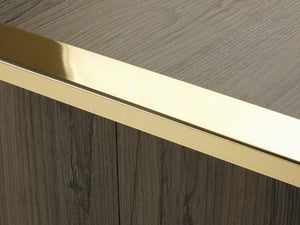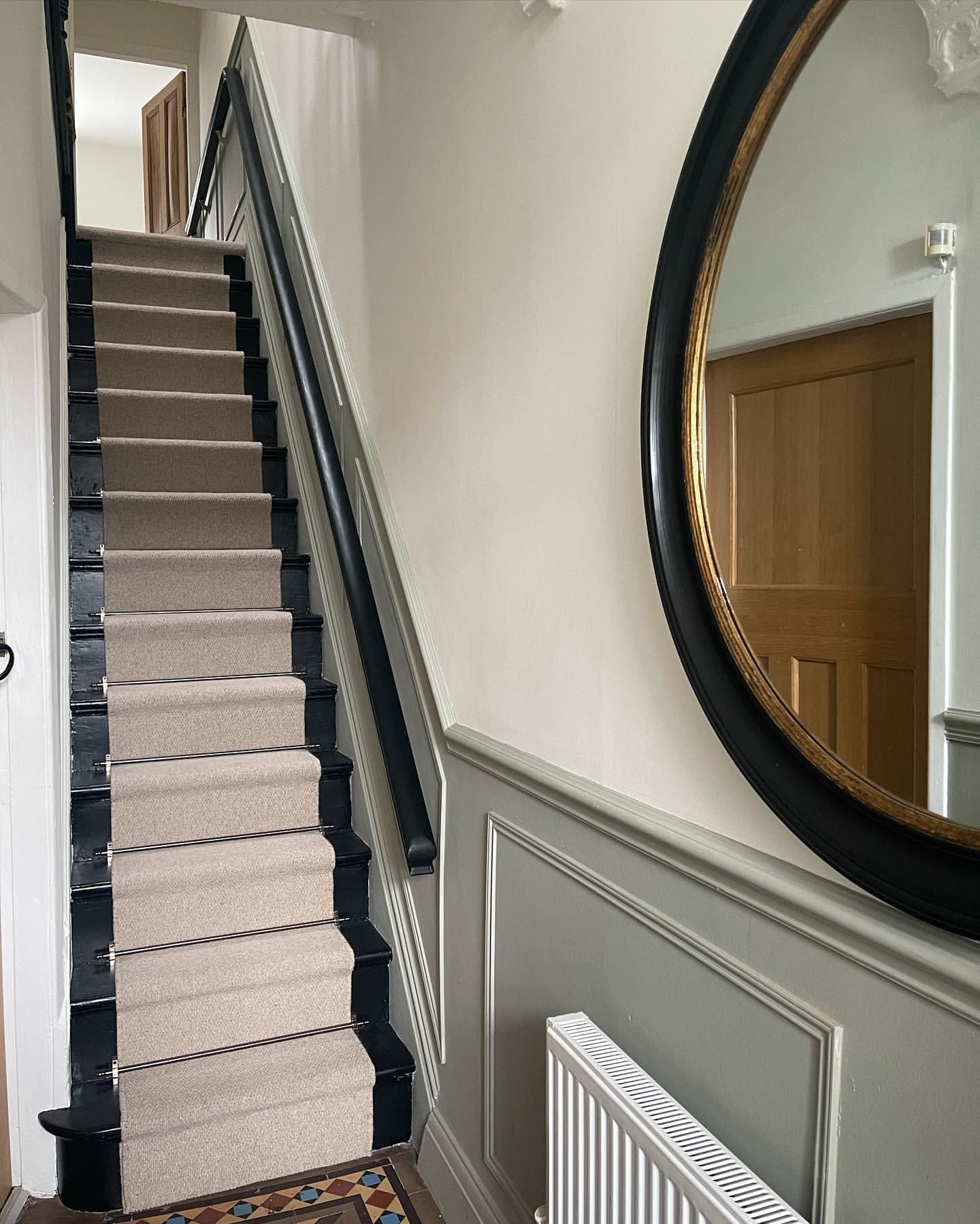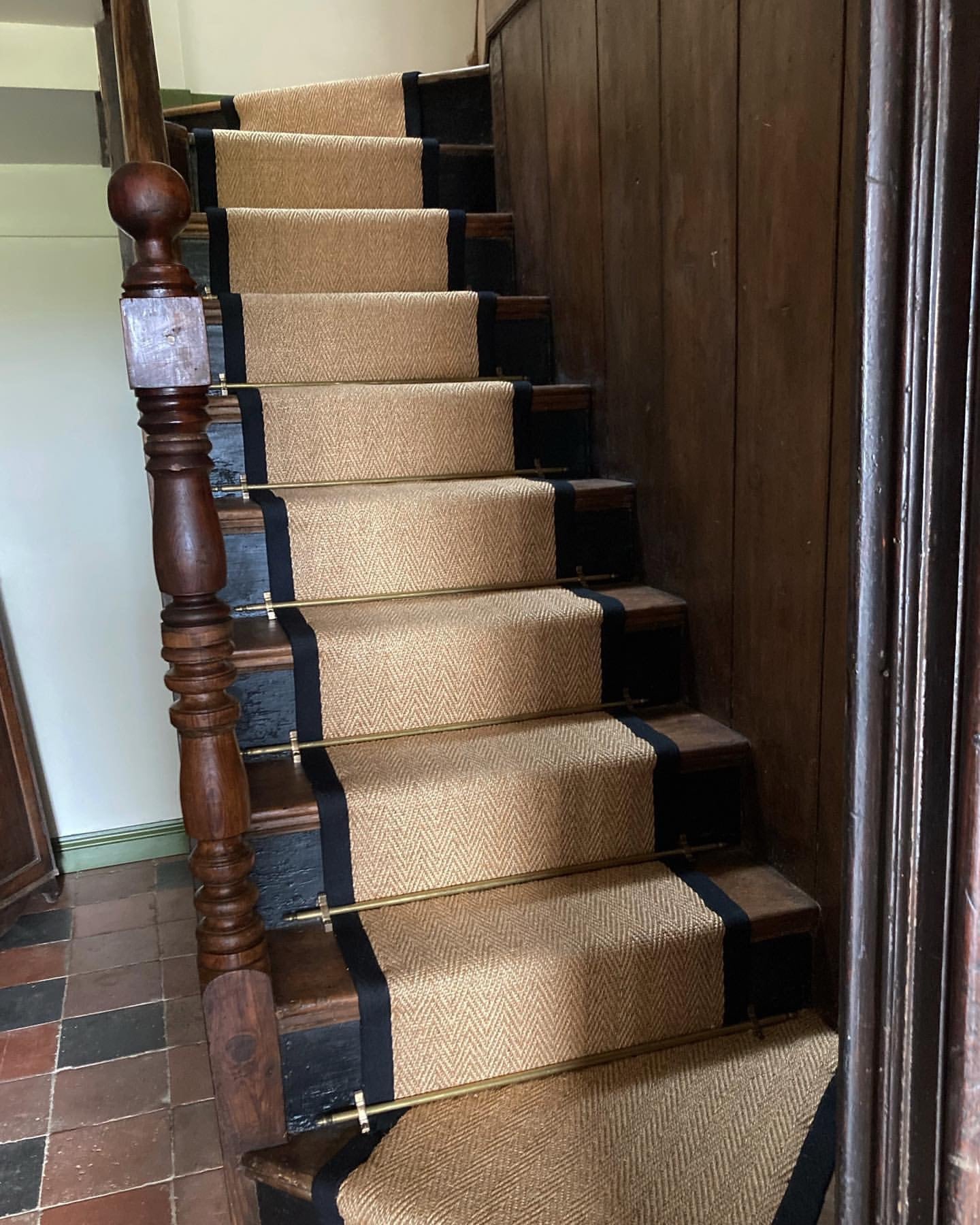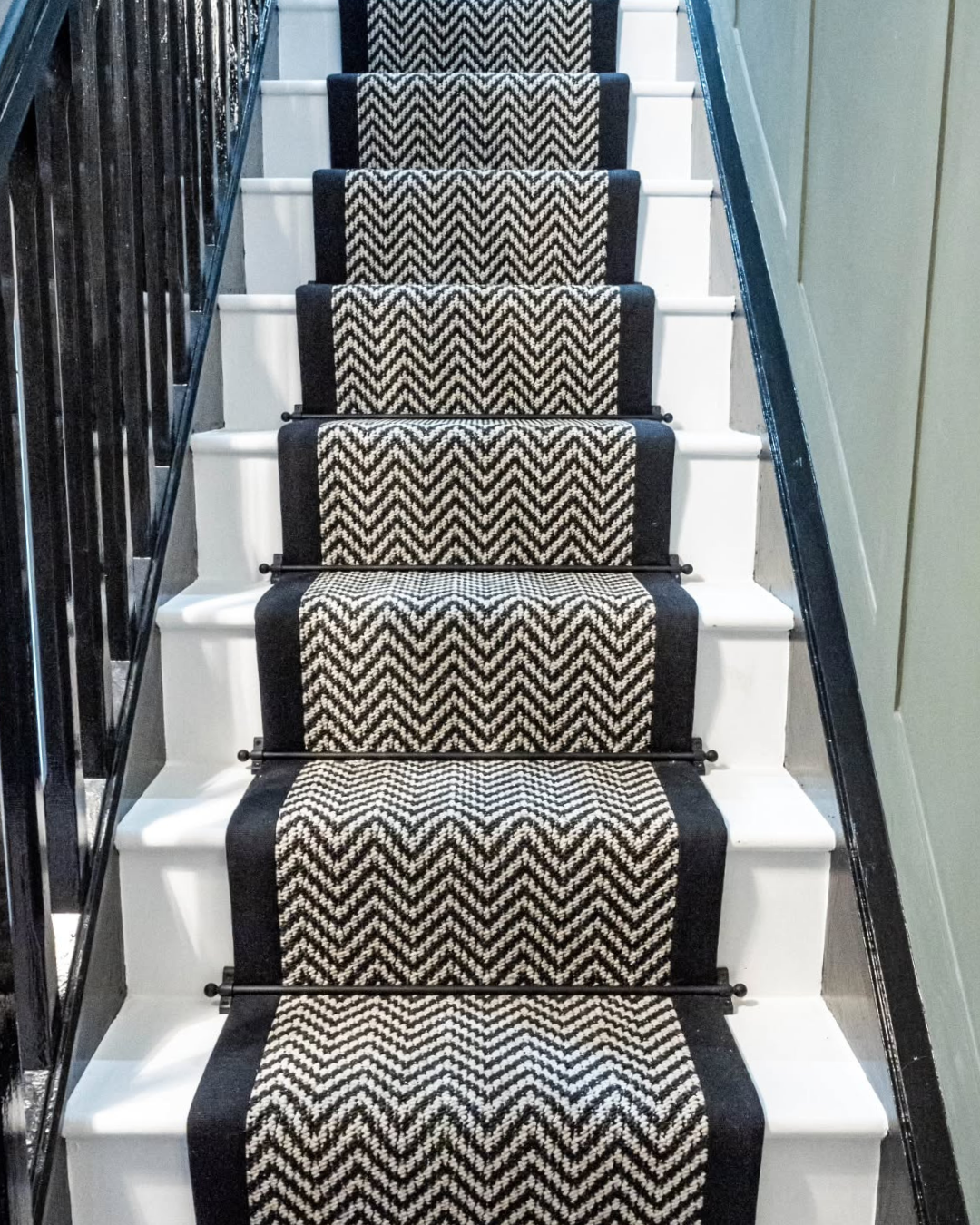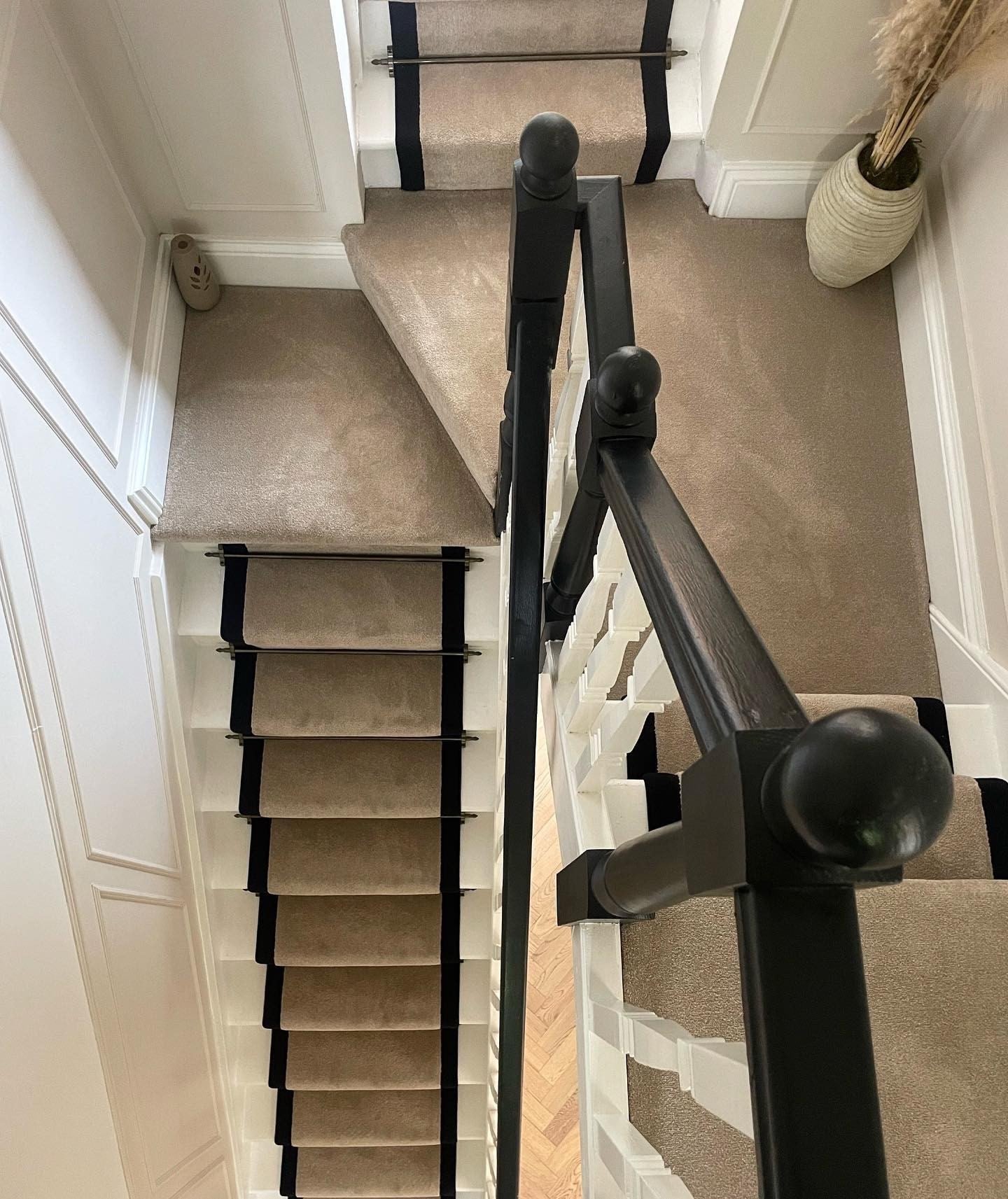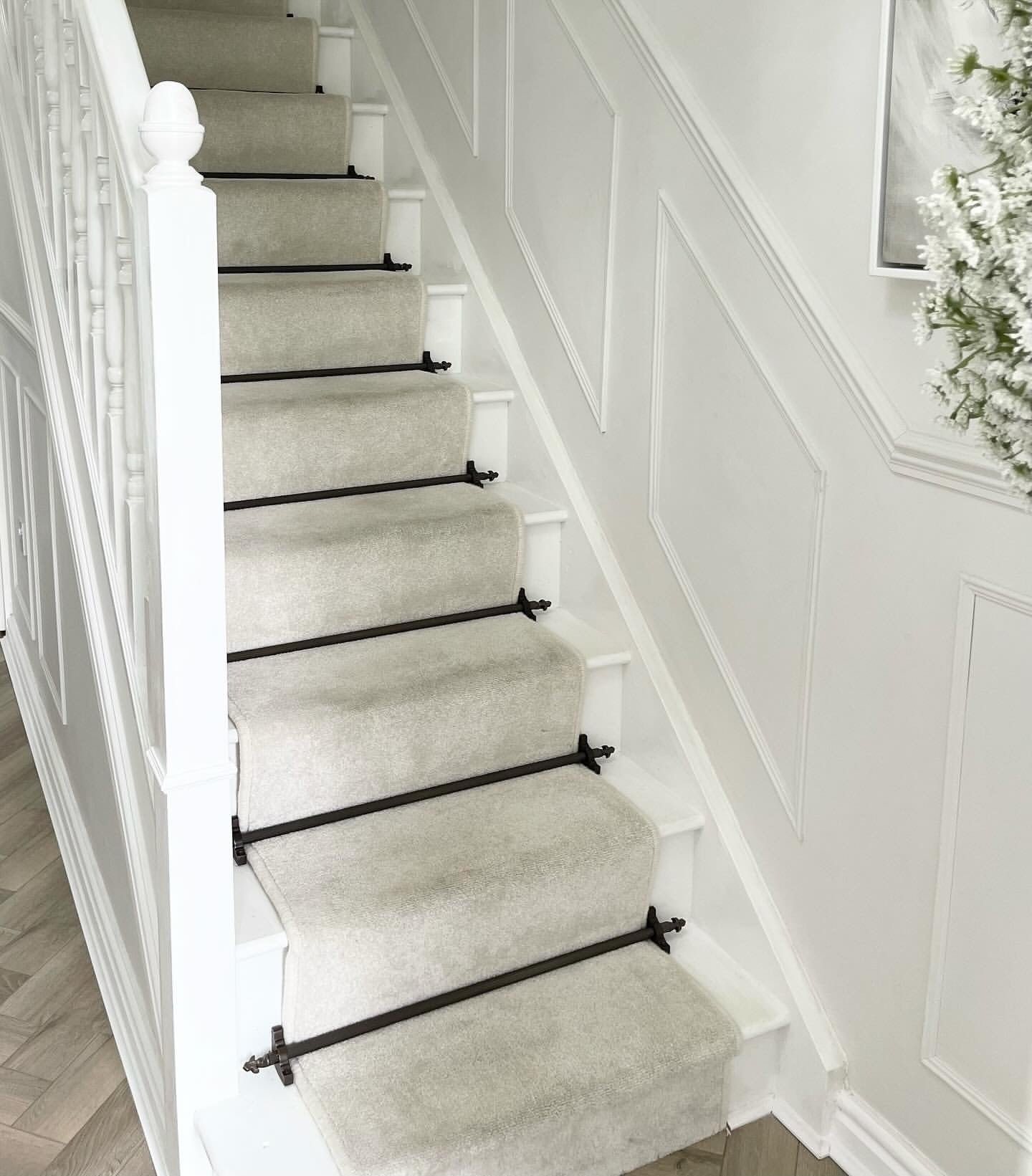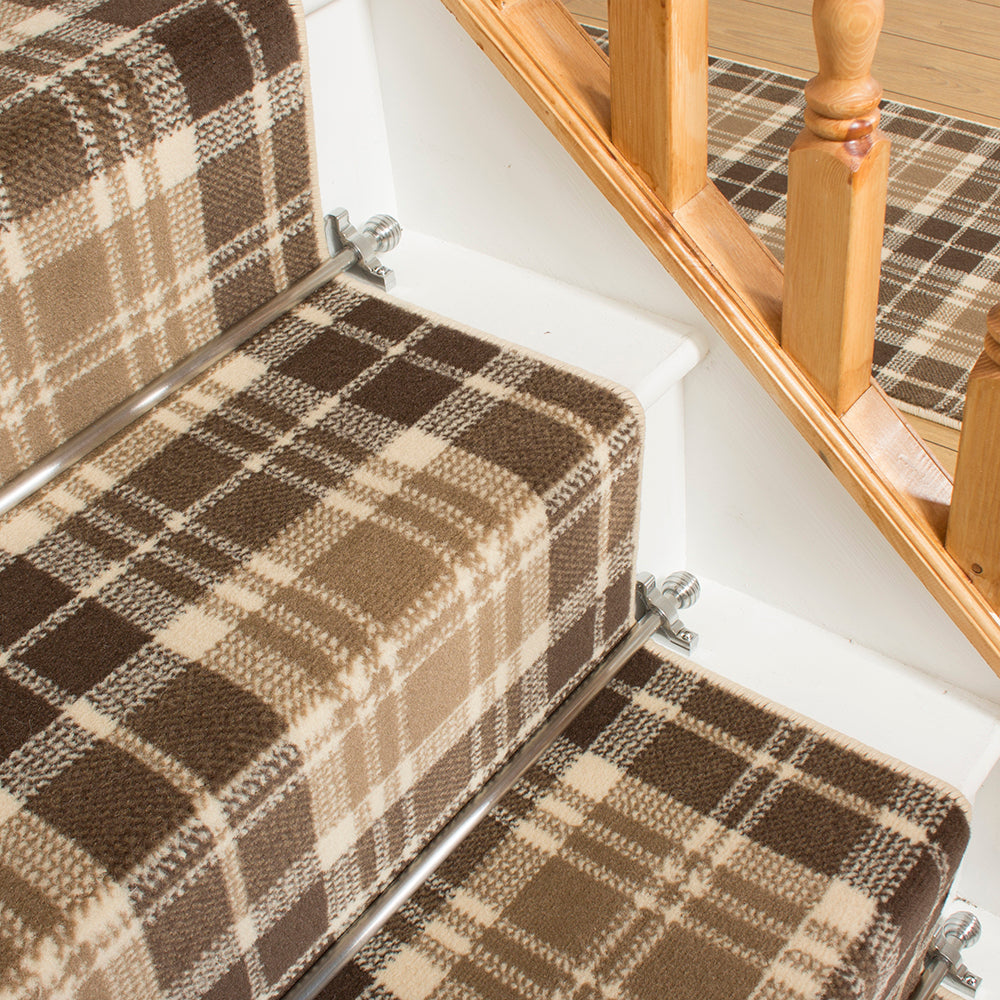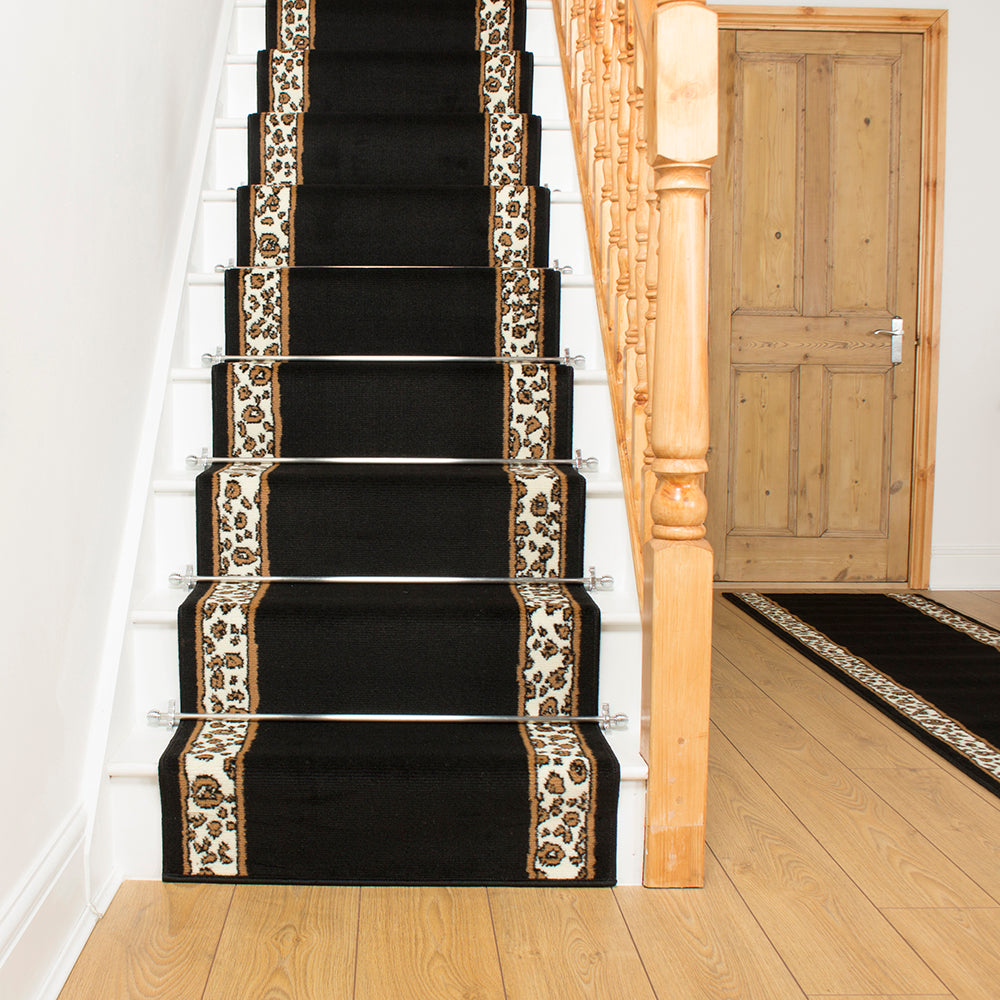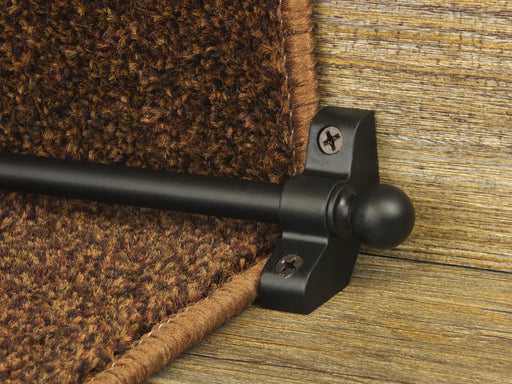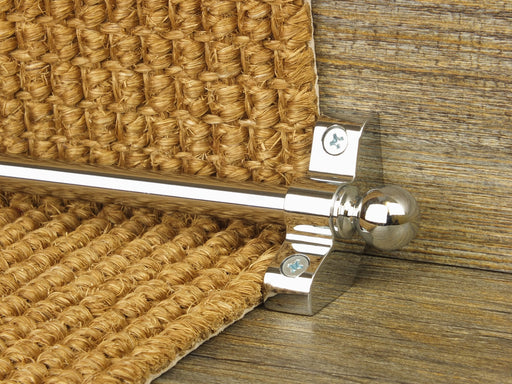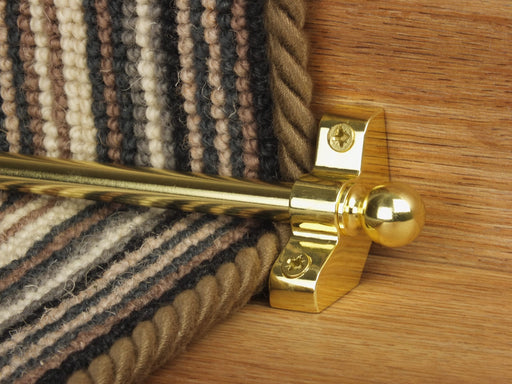Stair runners are a stylish and practical way to transform your staircase, adding texture, colour, and character. We have everything you need to know about stair runners – from choosing the right style to measuring up, installation tips, the best accessories, and answers to your most commonly asked questions.
Category
Do you need underlay for a stair runner?
Underlay isn’t always essential, but it does add extra protection for your stairs and longevity to your runner. Choose a thin, firm underlay that won’t affect the runner’s fit.
Are stair runners safer than wood?
Yes, stair runners can improve safety by adding grip underfoot, reducing the risk of slips – especially helpful in homes with children, pets, or older family members. Just ensure the runner is properly secured in place.
Can you use any runner as a stair runner?
While some rugs can be repurposed, a true stair runner needs to be flexible, durable, and the right size for your staircase.
Can stair runners go over carpet?
It’s not recommended. Fitting a runner over carpet can look bulky and lead to slipping or uneven wear. For the best finish and safety, runners should be installed on hard stairs - like wood, laminate, or LVT.
Do you need stair rods for stair runners?
Stair rods aren’t necessary to hold a runner in place, but they do add a beautiful finishing touch. Think of them as decorative rather than functional - they give your stairs a polished, thoughtfully styled final look.
What is the best width for a stair runner?
It depends on your staircase. Most runners leave a 10–15cm border on each side to reveal the stair finish. On average, 60–70cm wide runners suit standard stairs, but wider staircases can carry a broader runner for a more dramatic effect.
How do I prep stairs for a carpet runner?
Start by thoroughly cleaning and drying each step. Remove any existing coverings, nails, or staples. Sand down rough edges and ensure the surface is smooth. If using underlay or gripper rods, fit these first before laying your runner for a professional finish.
